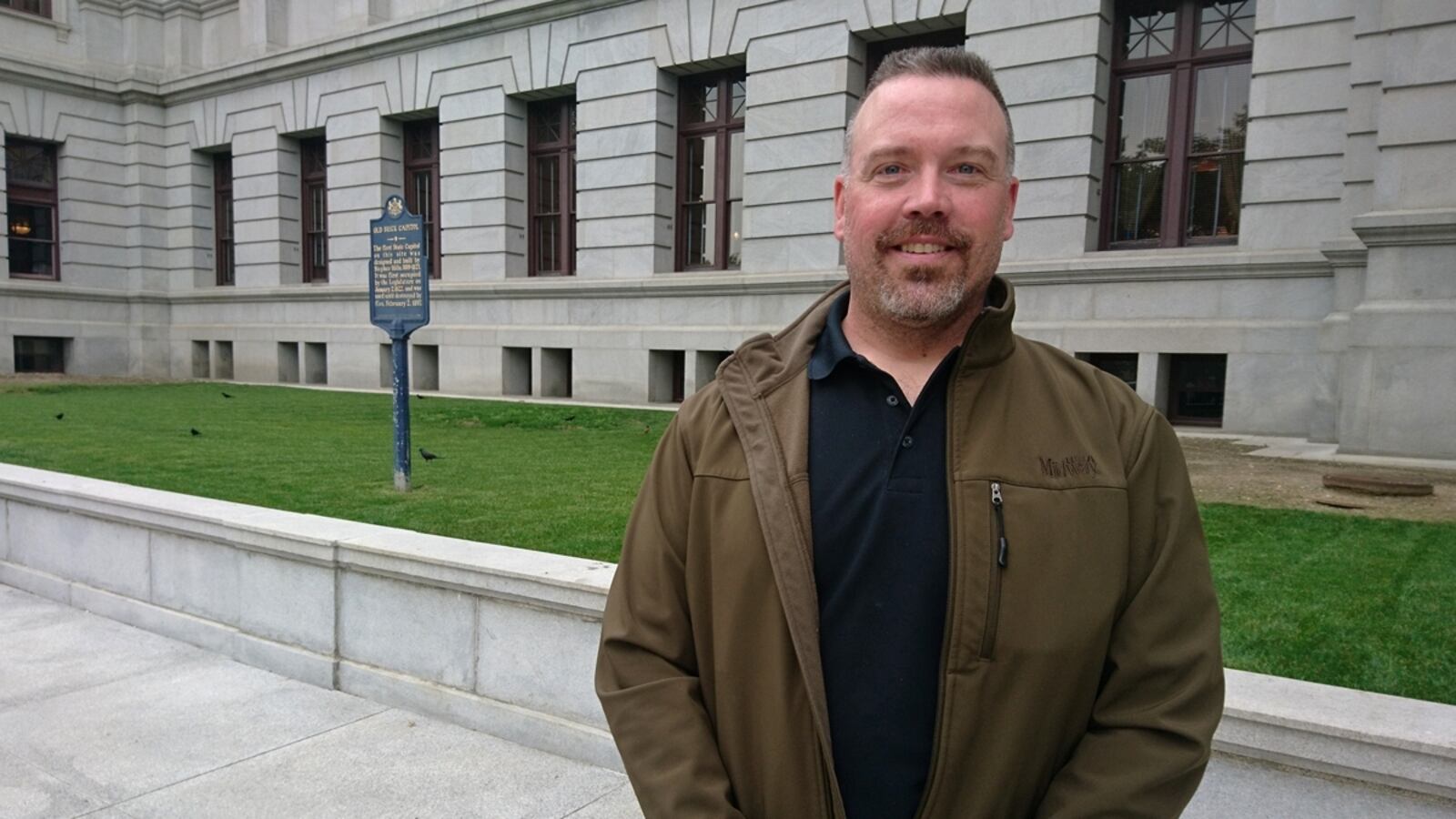This article was originally published in The Notebook. In August 2020, The Notebook became Chalkbeat Philadelphia.
A telecom technician by trade, Schuylkill County homeowner Ron Boltz is not your typical suit-and-tie Harrisburg lobbyist.
He’s a self-taught policy wonk who walks the halls of the Capitol in jeans and polo shirt — burning endless vacation days in an effort to persuade lawmakers to abandon nearly 200 years of history and reimagine the state’s tax structure and school finance framework.
And he’s made a lot more traction than many would have guessed.
"It’s kind of a ‘David and Goliath’ fight," said Boltz. "I do feel like David."
His group, the Pennsylvania Liberty Alliance, is one of dozens of taxpayer organizations supporting a bill that would eliminate the local school property tax, which garners roughly $12.6 billion statewide, 41 percent of the total revenue of Pennsylvania public schools.
In order to replace that local revenue loss, the bill would increase the state personal income tax from 3.07 percent to 4.95 percent and raise the sales tax from 6 percent to 7 percent. Philadelphia’s sales tax would rise from 8 percent to 9 percent. The range of items eligible for sales tax would also widen to include purchases such as groceries, some clothing, and certain professional services.
"Why not treat every single individual taxpayer exactly the same?" said Boltz. "We all would pay the exact same income tax [rate]. We all pay the same sales tax rate."
The bill would allow school districts to continue collecting property taxes only to pay off existing debt, which is very high in some districts, potentially leaving some homeowners with a steep legacy bill on top of the new levies.
Voters could agree to provide more school revenue through something like a local income tax. Municipal property taxes would still be collected.
Opponents warn that the existing structure exists for a reason and that a tax shift would severely disadvantage some of the most vulnerable Pennsylvanians and throw public schools into fiscal chaos without making school funding more equitable.


